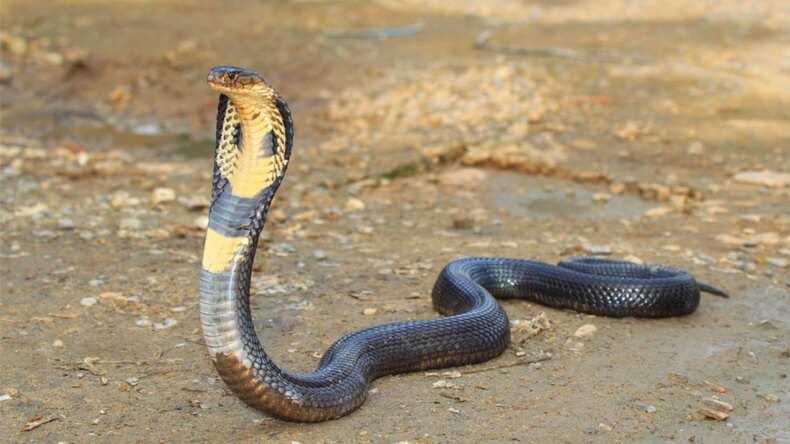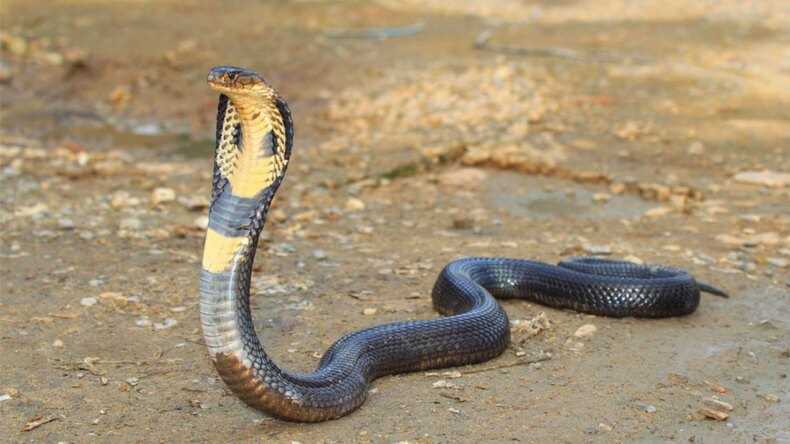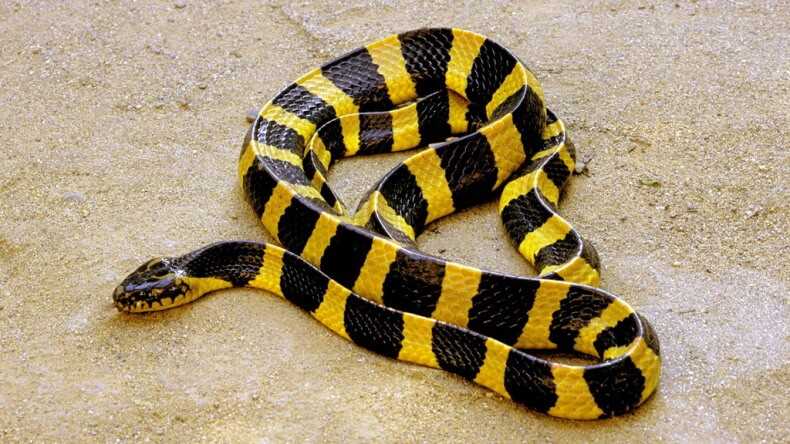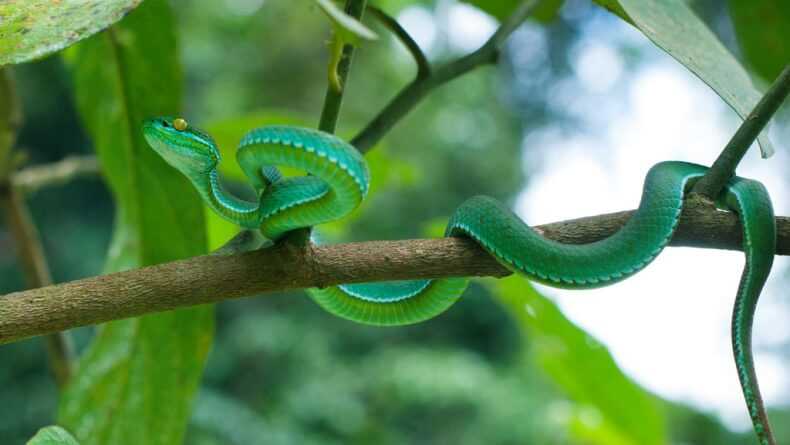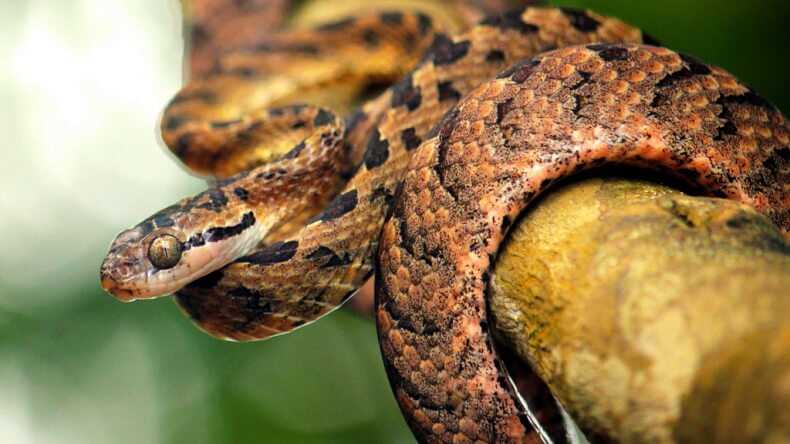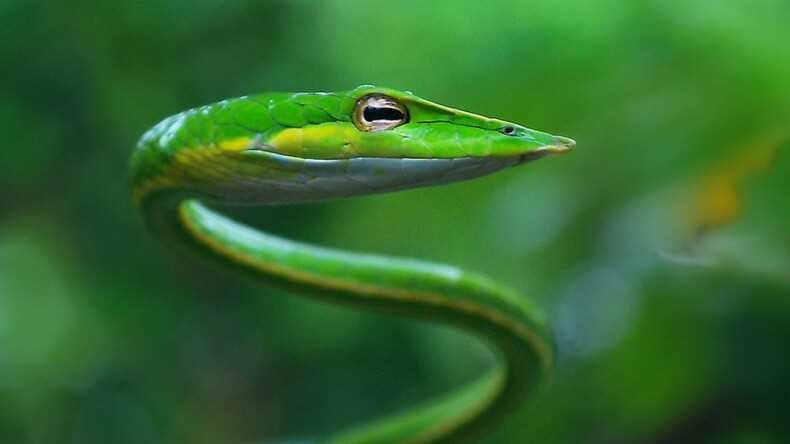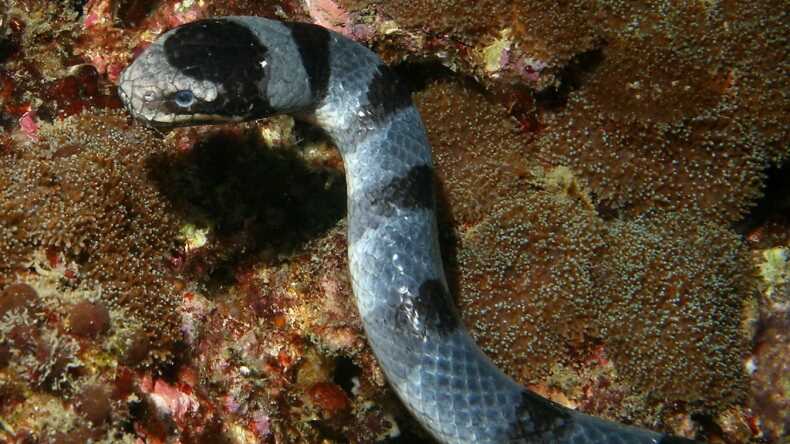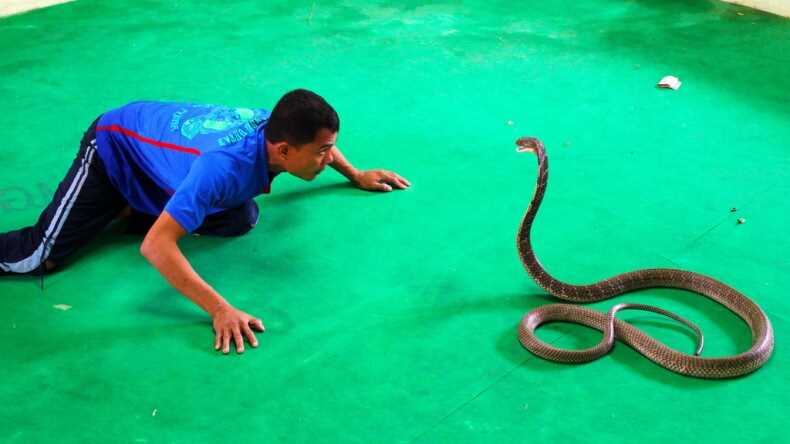Snakes in Thailand, a country with a hot tropical climate are the most common inhabitants of the jungle. They can be found even in crowded places. Therefore, tourists should be very careful not only during excursions and walks, but also near the hotel. After all, most of these reptiles pose a certain danger, which can lead to the most dire consequences.
What snakes to avoid at once
Before you travel to any Southeast Asian country, it’s worth getting to know not only the culture and the list of things to buy there, but also what kind of snakes are in Thailand. This will allow you, first of all, to dodge an encounter with certainly dangerous, poisonous reptiles. And in the second – to know who bit you or your companion, because there is no single antidote serum for all occasions.
Of all the species of reptiles (there are 175 of them), most do not pose any threat. And the remaining 70 bite only in self-defense, and the moment of attack, they usually precede with a demonstration of threat.
The royal cobra
Krait
First and foremost, cobras warn careless travelers with their posture, their loose “hood,” and their loud hiss. Along with kraits, they are the most poisonous snakes in Thailand. Their venom contains a neurotoxin, whose action leads to paralysis of the musculature – respiratory and skeletal. The probability of death after a bite if no antidote is given is very high, up to 50 percent.
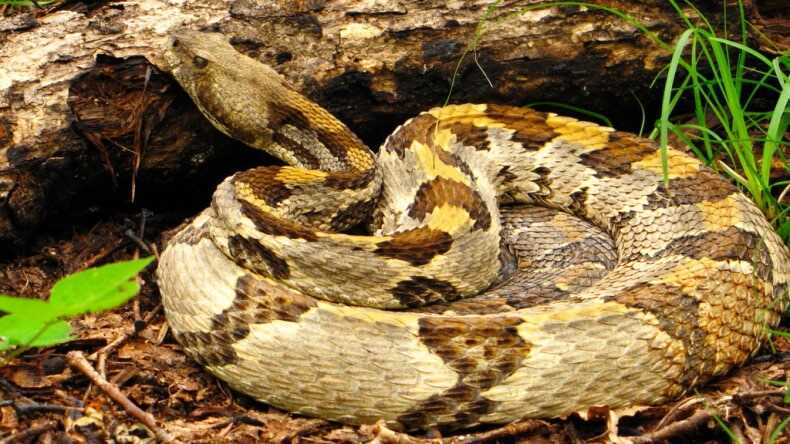
Malayan Shieldwolf
The chain viper
The second most dangerous vipers are the Malayan Shieldmonger and the Chain Viper. The action of their venom is based on the formation of blood clots in the blood vessels. Around the bite site can form severe swelling, followed by tissue necrosis.
Kufias
Aspid
Kufias and Aspies have more of a psychological effect, although their bite is very painful and the likelihood of a fatal outcome is less than 10 percent. However, it is worth agreeing that testing one’s fate during a serene holiday is not a good suggestion.
Boiga
Green whitethroat
It is absolutely possible not to be afraid of long-toothed snakes, boygah snakes, and whipworms. However, don’t view an encounter with them as an excuse to take revenge on the entire reptile genus. Don’t forget that you are their guest, respect your hosts, and observe decency.
The sea snake
Marine snakes in Thailand, although venomous, are not too dangerous due to their body structure. Their poisonous teeth are deep in the throat, and their mouth opening is so small that they are not able to bite. Unless, of course, you put your finger in their mouth deliberately. This is especially true for children, whose penises are quite thin.
What to do when you meet them
Thailand does not have snakes that deliberately sit in ambush, waiting for a gaping tourist. They live their own life, practically never crossing the path of a human, and the venom they use for hunting or self-defense. Snake bite is quite an adequate reaction on its part if you step on it.
So look under your feet and around you. In some ways this will allow you not only to avoid trouble, but also to get to know the country in which you are staying. The critical dangerous distance of an encounter is equal to the length of the snake’s body, the distance at which it can make a throw. But it is better to take 1 meter for it. Seeing the snake at a greater distance, do not make sudden movements, step aside smoothly. This will avoid triggering its hunting instinct – for it, the victim is the one who is afraid and runs away. Don’t try to scare her. The reptile may decide that the danger from you is so great that it’s better to attack.
It is really dangerous to meet a snake, as they call it, nose to nose. In this case, an attempt to turn your back and run away – a perfectly natural reaction – will probably end in a bite. Hold your breath and let the snake decide for itself what it should do. Ninety times out of a hundred it will try to get away from you. There are recommendations to look into the snake’s eyes. It’s not only funny – they are not amenable to hypnosis and can not read minds, but also dangerous, because in Thailand there is such a snake species as spitting cobra. It attacks by spitting a portion of venom precisely into the eyes of the victim. Even if you are sure that the snake is not dangerous, avoid it.
The popular snake show in Thailand is not for the faint of heart!
Firs taid for snake bite
It is not only venomous snakes that bite, and the teeth marks of a snake can be similar to those left by a cobra. Even if a venomous snake attacked, it may not have injected venom – for example, it didn’t have time to produce enough after a successful hunt. Forget westerns, where they pick at the wound with a knife and suck out the blood together with the poison. You’ll only make it worse that way.
Yes, you’re going to make it worse
If you are bitten by a snake in Thailand, the first thing to do is not to panic and waste no time. Panic is also dangerous, because the rapid heartbeat of the bitten provokes the accelerated spread of poison through the body along with the increased blood flow.
- Kill the snake if possible. If that fails, don’t go after it, just try to remember the details (coloration, shape of spots and head) of what it looks like (photograph it better). This will enable you to pick the right kind of antidote serum.
- Treat the bite site as if it were an ordinary cut or scratch to avoid secondary infection.
- Remove rings, bracelets and wristwatches so they don’t become permanently fixed when your limbs swell.
- Hook the bitten limb (for example, make a loop from a neck scarf and put your hand in it). The less movement, the slower the poison spreads.
- If you can’t get to the nearest medical facility within 30 minutes, apply a pressure dressing to the bite site to slow the blood flow to the affected limb.
- Don’t drink alcohol under any circumstances, it speeds up the spread of the poison.
- Try not to worry and avoid physical exertion – it increases the heart rate and promotes faster spread of poison through the body.
- Thailand's main dangers for vacationers.
- Harmful insects in Thailand – from the edible to the most dangerous!.
- Crocodiles in Thailand – habitats, dangers, leather goods.
- How to Avoid Jellyfish Bites in Thailand.
- Are there sharks in Thailand and how can you avoid being attacked by them?.
- What to do if you step on sea urchin needles – tips.

